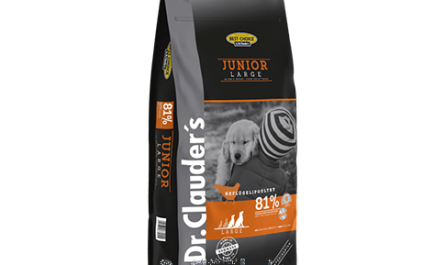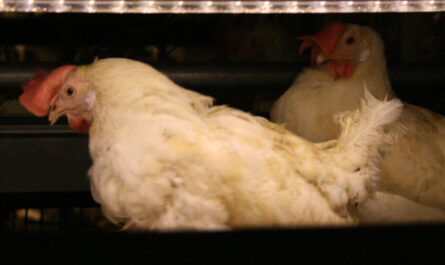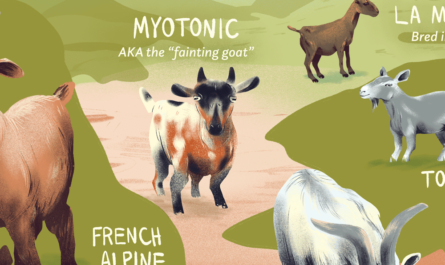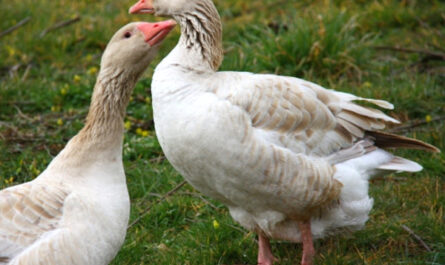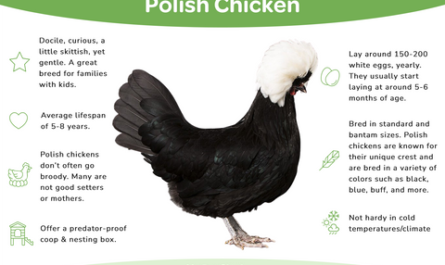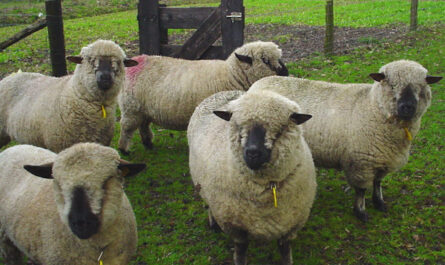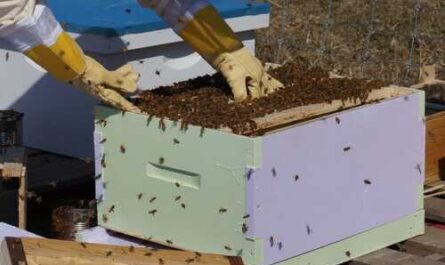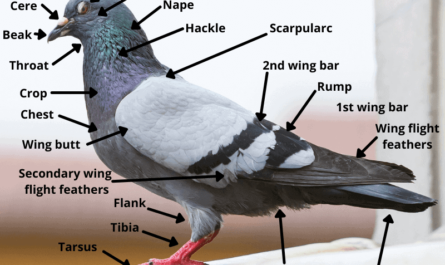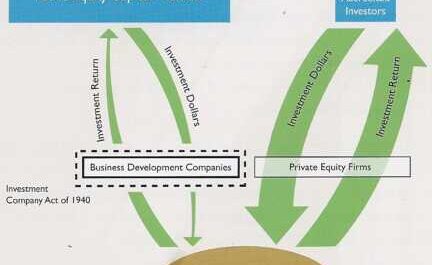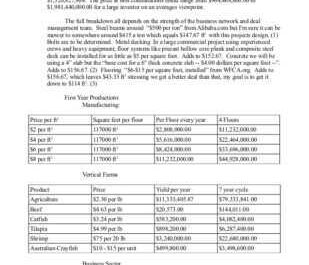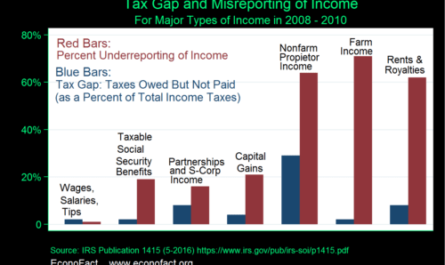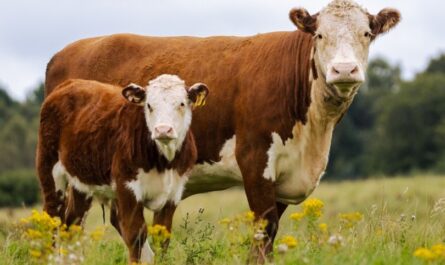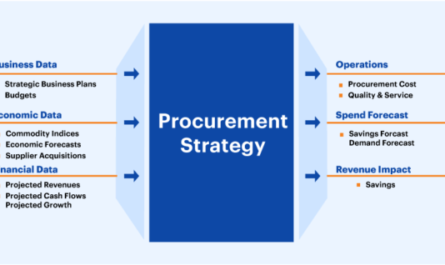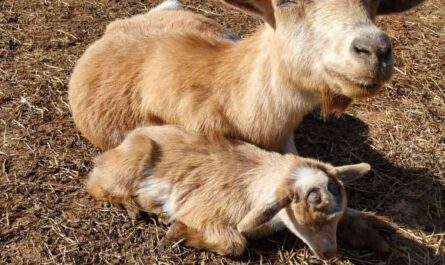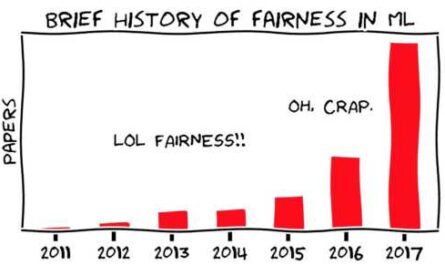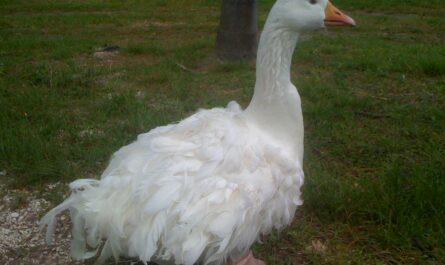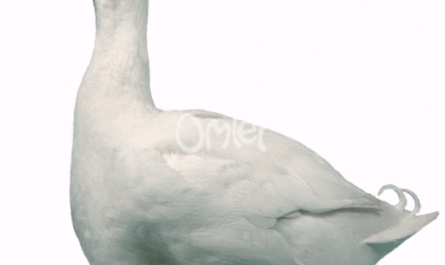Raising cattle can be both exciting and lucrative. But it requires a lot of hard work and regular tasks.
If you are considering raising livestock, you are probably thinking about how to raise livestock and other routine/regular tasks involved in raising livestock for profit.
There are several ways to raise cattle. Although the way cattle are raised depends not only on the person raising them, but also on the breed, type and class of cattle.
For example, dairy cows are generally bred and raised differently from beef cows.
Dairy cows require meticulous care and maintenance, while beef cows require relatively less maintenance.
However, whether you’re looking to raise cattle for milk, beef, or any other purpose, this beginner’s guide to raising cattle will serve you well in your work.
Breeding Guide
You must take good care of your animals in order to get the best results from your herd.
Follow the instructions below to raise your livestock and keep your herd healthy and profitable.
Set a goal
First, decide on the goal of your breeding. You can breed cattle for milk production as well as beef production.
You can also raise livestock for other purposes, such as a pet or companion. Whether your goal is or not, set it first and move on.
Buy livestock
Once you have determined your objective, buy livestock from any existing farm or market. Buy good quality cows if you want to start your dairy cow business.
And choose heifers or bulls if you want to raise cattle for meat. Read this cattle buying guide.
Feeding and pasture management
Quality feed is very important for raising livestock. You cannot raise livestock if you have nothing to feed them or if there is no pasture for the animals.
So, before buying animals, you need to make sure that there is food and pasture available.
Cattle generally eat hay, grass, grain and silage. In fact, the types of feed you want to give your animals depends on the type of livestock you keep.
The type of submission also depends on your goals and location. For example, you will need silage and grain for fattening, you can only raise a herd of calves on grass and hay, and dairy cows usually need most of the hay under form of haylage.
You must graze the animals, especially if you raise dairy cows. When grazing pasture, make sure you have enough livestock to avoid overgrazing.
You have to manage other activities such as crops, hay and silage for raising livestock. Because it will cost you less to produce your own food.
Shelter
A good shelter with all the necessary amenities is suitable for raising livestock. All types of bedding, rest and other materials should be ready in the shelter. The shelter/house should also be free from any kind of predators.
herd health program
Always try to maintain a good herd health program. This is especially important if you are buying cattle and introducing them to your herd (as new cattle can carry many diseases and your current herd can be affected).
Vaccination, deworming and culling of foxes is simply not a herd health program. The goal of a herd health program is also to prevent unwanted diseases.
You need to ensure timely vaccinations and the use of anthelmintic and lysing drugs. Contact any veterinarian in your area for more specific recommendations.
Keep records
You must maintain and maintain good records of your livestock farm. You can keep records in the form of simple paper notes or very detailed computerized worksheets. Records should include health, reproductive, calving and financial records.
Origin of capital
Commercial cattle raising for profit will require significant capital. You can issue capital by yourself, or through friends or family members.
A bank loan is also a good option to start with. Contact one of the nearest bank branches to find out more about the procedures.
Marketing your products
Before starting an agricultural or manufacturing business, it is wise to first identify the market.
You need to know when, where, and how to sell or sell your produce or animals before you start raising livestock.
You can sell animals or products at a nearby market, advertise locally and through online classifieds, and sell your products or animals directly from your farm.
Working with Dead Runoff
When you’re raising livestock, you’re expected to be dealing with a dead animal or something. It is therefore better to know how to manage the dead mass.
To determine what is best to dispose of a dead animal carcass, you will need to check local livestock disposal laws.
If you follow all the steps above, you can definitely keep your animals healthy and productive. And this will ultimately increase the profits of your breeding.

